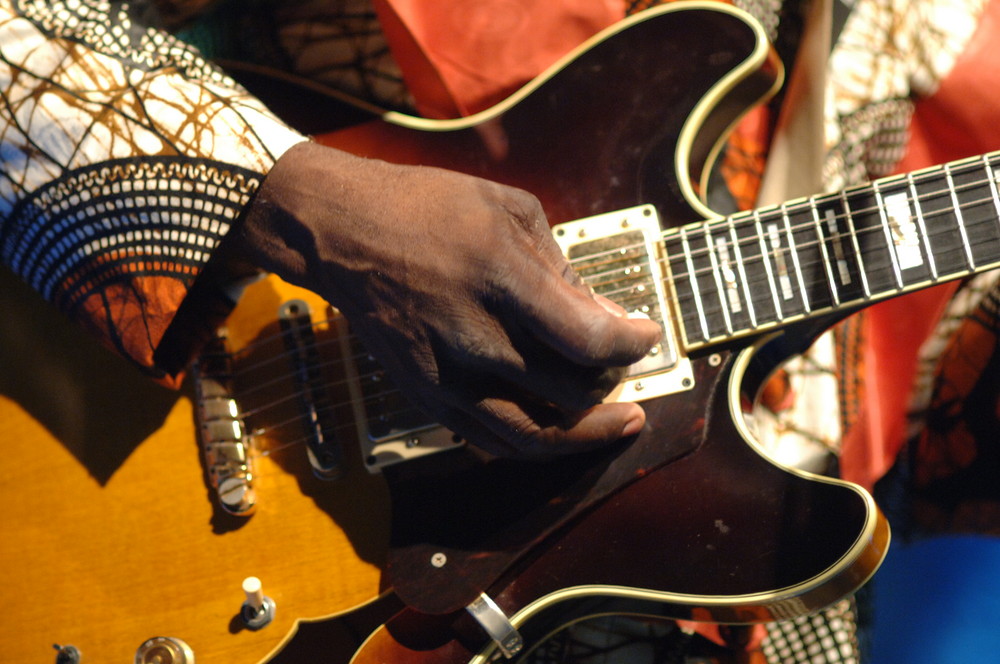
–The Musician’s Way, p. 216
Why do people attend concerts by rising musicians? Primarily because they feel attracted to the venue, the music they’ll hear, and the musicians who’ll perform.
How can emerging musicians create concert programs that generate interest? For starters, by becoming students of programming.
Resonant Programming Concepts
One way for young artists to draw in audiences involves bringing together great music under resonant concepts as opposed to stringing together compositions without any overarching theme.
Done imaginatively, such concerts can generate buzz and excite audiences. Here’s an illustration.
Let’s say that you’re a concertgoer who enjoys piano music, and there are two solo concerts by little-known pianists taking place in your town on Chopin’s birthday:
- One concert is called “Chopin Recital.”
- The other is titled “Chopin’s Circle” and not only features Chopin’s music but also pieces by composers, some obscure, who influenced Chopin.
For which performance would you be more likely to buy tickets?
I’d opt for the “Chopin’s Circle” concert because I’d expect that the program would contain surprises and my appreciation for Chopin’s music would grow from attending.
By the programming alone, the performer impresses as being thoughtful and creative.
Exclusive Concert Experiences
To put it another way, if you’re a rising pianist who loves Chopin – or a sax player who’s smitten with Coltrane or a string player who’s enraptured by Bach – playing a concert of music by a famous composer might not bring in an audience because people can go online and listen to that music anytime and hear it performed by celebrated artists.
People will be more likely to attend your concerts if they believe that you’ll present music in ways that aren’t available to them except at your performances.
Improvising musicians, singer-songwriters, and those with lively stage shows might seem to have an edge in this regard over classical musicians.
But all aspiring artists who hope to stand out would be wise to put on inventive programs that provide audiences with exclusive experiences.
Concert Programming Examples
- The Brooklyn Philharmonic (now defunct) used to present chamber concerts at the Brooklyn Museum and the Brooklyn Library titled “Music off the Walls” and “Music off the Shelves” respectively. The programs aligned with those institutions’ exhibits (a sample “Music off the Walls” program is shown on p. 214 of The Musician’s Way). Enterprising musicians could adapt this model and initiate concert series at museums and libraries in their own communities.
- The 92nd Street Y in Manhattan hosts a Family Music Series directed by cellist Steven Isserlis. The program on January 2, 2011 was titled “Beauty and the Beard: The Life & Music of Johannes Brahms.” The concert featured, Isserlis, pianist Jeremy Denk, a narrator, and additional artists.
- For examples of diverse programs, check out the shows taking place at the multi-genre club Le Poisson Rouge in New York (they do family programs, too).
- In 2009, tenor Glenn Siebert and I performed a concert titled “Letters from Composers,” which centered on the 28-minute piece of the same name by Dominick Argento. The song texts are letters by seven famous composers (e.g., Bach, Mozart, Schubert, Debussy) to which Argento wrote vocal melodies with guitar accompaniment. We brought in additional performers and followed each sung letter with a contemporaneous piece by the letter writer. E.g., the sung letter by Schubert was followed by a violin piece he composed on the same day as the letter. The concert ran an hour with no intermission and drew a full house – here’s a review.
- The radio show Performance Today in the U.S. broadcast a program inspired by animals. Among the pieces: “Domenico Scarlatti’s Cat Fugue, where his cat is said to have composed or at least inspired the melody by walking across his harpsichord.
- Animal-inspired pieces might be especially suited to family events, but there are countless other ways to knit pieces into programs through common connections. For instance, the early music group Tafelmusik created a program titled “The Spheres,” which offers “fragments of various Baroque works grouped around the theme of astronomy.” A mention of a 2010 Beijing performance appears in this article in the New York Times.
- The concert lineup at Carnegie Hall can be viewed online. Note what is and isn’t included as well as other music series in cities where you’d like to perform. It’s likely that you can create performance opportunities for yourself by filling gaps in local concert offerings.

For in-depth programming guidelines along with three model classical programs, check out Chapter 11 of The Musician’s Way.
Related posts
Artistic vision
Music: The practical career?
A new classical music revolution
The self-motivated musician
© 2010 Gerald Klickstein
Photo licensed from Shutterstock
